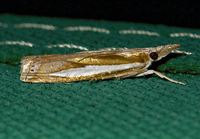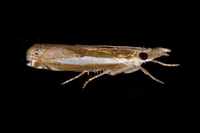
| Recorded by: Jim Petranka on 2025-10-05
Madison Co.
Comment: | 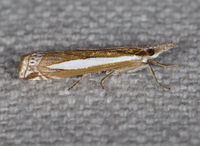
| Recorded by: Jim Petranka on 2025-10-02
Madison Co.
Comment: |
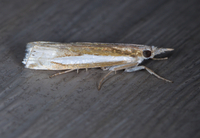
| Recorded by: Jim Petranka on 2025-09-28
Madison Co.
Comment: | 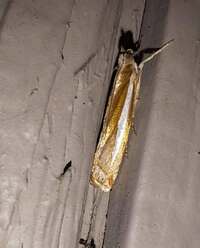
| Recorded by: Allison Garton on 2025-09-08
Moore Co.
Comment: |

| Recorded by: Allison Garton on 2025-09-07
Moore Co.
Comment: | 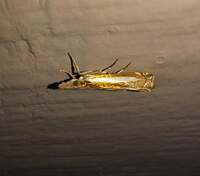
| Recorded by: Allison Garton on 2025-09-03
Moore Co.
Comment: |
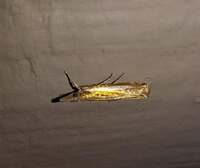
| Recorded by: Allison Garton on 2025-09-03
Moore Co.
Comment: | 
| Recorded by: Jim Petranka and Becky Elkin on 2025-07-26
Madison Co.
Comment: |

| Recorded by: Dean Furbish on 2025-07-04
Wake Co.
Comment: | 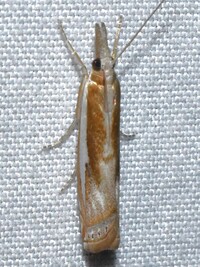
| Recorded by: Jeff Niznik, David George, Larry Chen, Sarah Toner, Joye Zhou on 2025-06-20
Richmond Co.
Comment: |
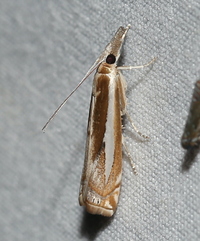
| Recorded by: Jeff Niznik, David George, Larry Chen, Sarah Toner, Joye Zhou on 2025-06-20
Richmond Co.
Comment: | 
| Recorded by: Mark Basinger on 2025-06-19
Brunswick Co.
Comment: |

| Recorded by: Jim Petranka on 2025-04-26
Madison Co.
Comment: | 
| Recorded by: R. Newman on 2024-10-21
Carteret Co.
Comment: |

| Recorded by: Mark Basinger on 2024-09-21
Buncombe Co.
Comment: | 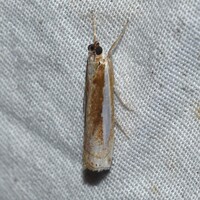
| Recorded by: David George, Jeff Niznik, Kevin Bischof on 2024-08-07
Transylvania Co.
Comment: |
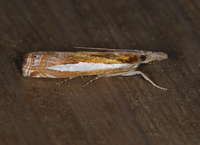
| Recorded by: Jim Petranka on 2024-07-22
Madison Co.
Comment: | 
| Recorded by: Dean Furbish, Lior S. Carlson on 2024-06-17
Lincoln Co.
Comment: |
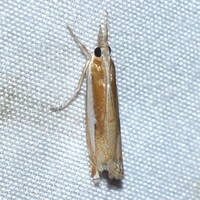
| Recorded by: Jeff Niznik on 2024-06-14
Scotland Co.
Comment: | 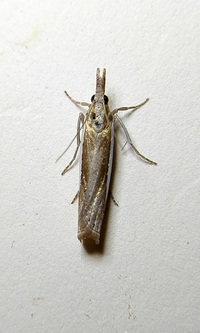
| Recorded by: Mark Basinger on 2024-05-12
Rowan Co.
Comment: |
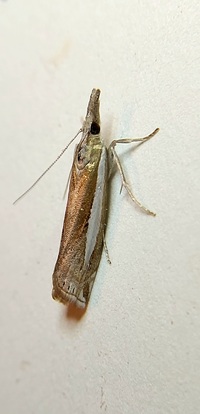
| Recorded by: Mark Basinger on 2024-05-12
Rowan Co.
Comment: | 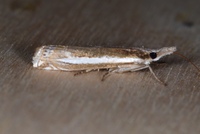
| Recorded by: Jim Petranka and Becky Elkin on 2024-05-01
Madison Co.
Comment: |
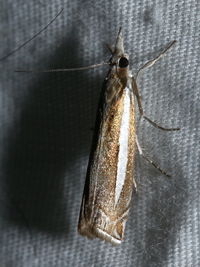
| Recorded by: David George, Stephen Dunn, Jeff Niznik on 2024-04-29
Chatham Co.
Comment: | 
| Recorded by: Jim Petranka on 2024-04-29
Madison Co.
Comment: |
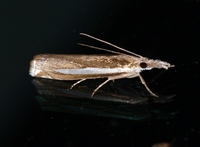
| Recorded by: Jim Petranka on 2024-04-18
Madison Co.
Comment: | 
| Recorded by: David George, Jeff Niznik, Rich Teper on 2024-04-17
New Hanover Co.
Comment: |
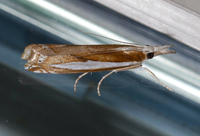
| Recorded by: Jim Petranka on 2023-09-19
Madison Co.
Comment: | 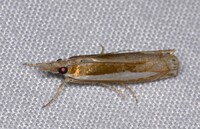
| Recorded by: David George, Stephen Dunn, Jeff Niznik on 2023-09-07
Chatham Co.
Comment: |
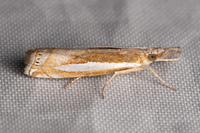
| Recorded by: Mark Shields on 2023-09-01
Onslow Co.
Comment: | 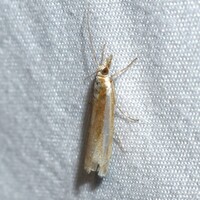
| Recorded by: Jeff Niznik on 2023-06-18
New Hanover Co.
Comment: |
|

 »
»